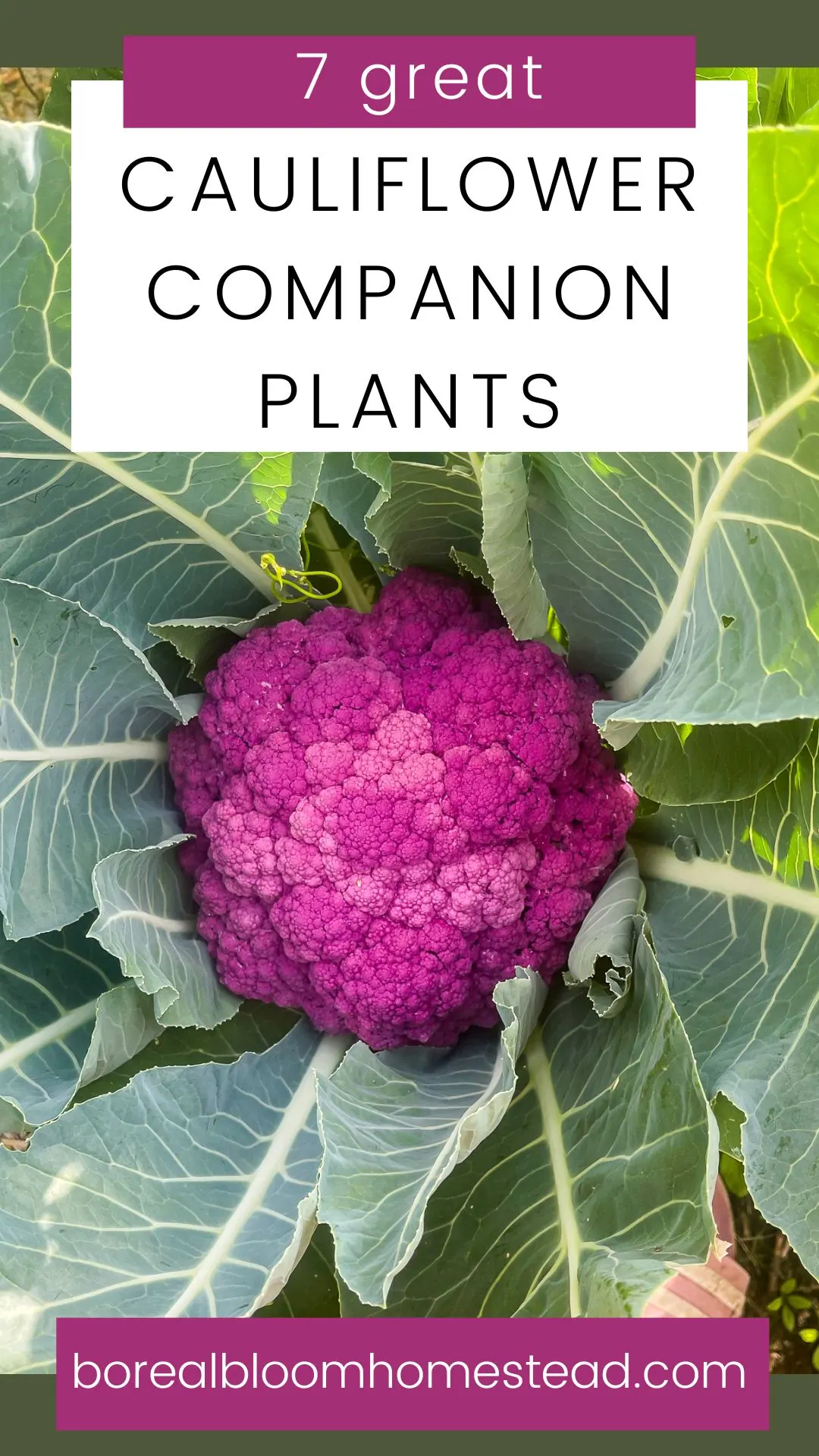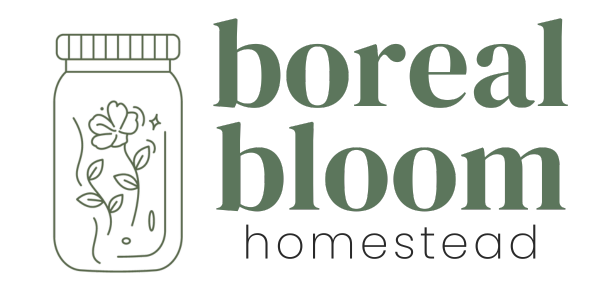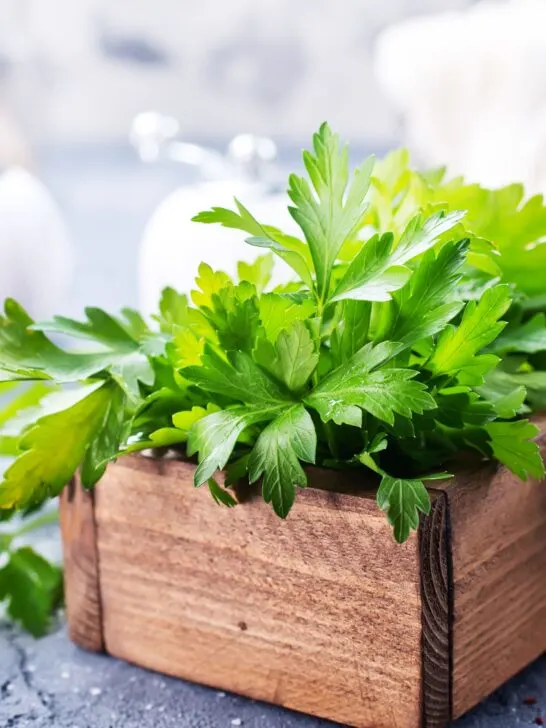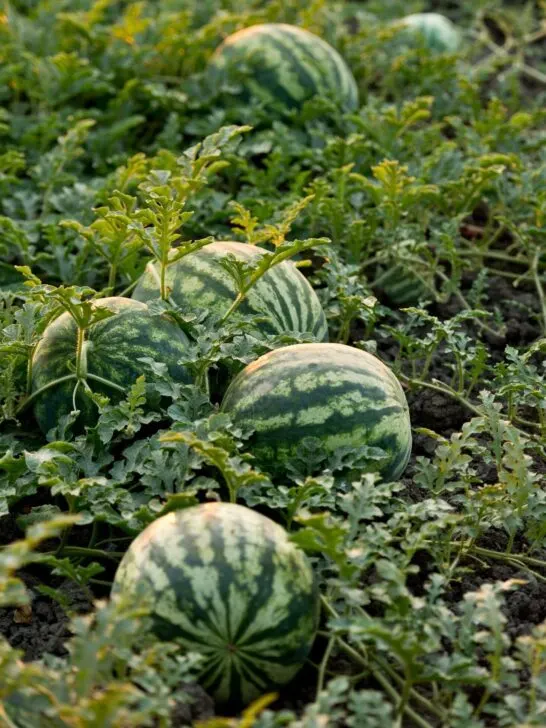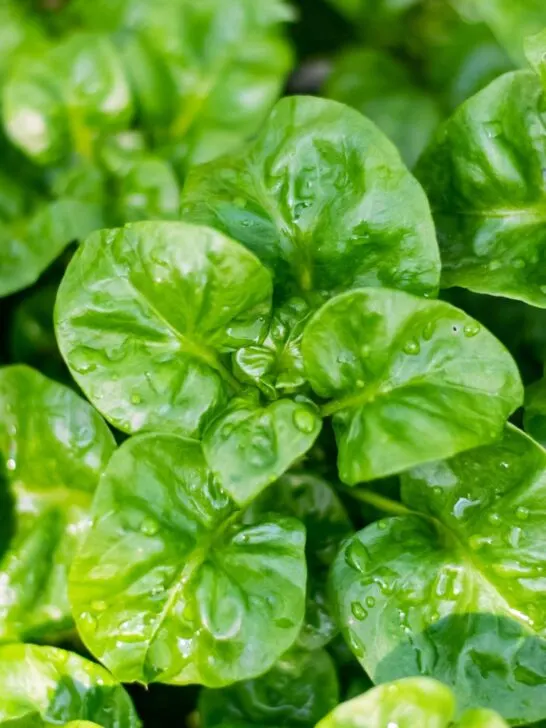Cauliflower companion plants can help improve the yield, health, and pest resistance of your garden crop! Check out this list for your best cauliflower harvest yet.
Cauliflower is an edible plant of the Brassicaceae family, along with broccoli, brussels sprouts, and cabbage. This cruciferous vegetable grows compact clusters of flower buds, usually white in color but purple, orange, green, and brown varieties do exist.
It grows best in well-drained, nutrient-rich soil that's exposed to direct sunlight. Its leaves are large and waxy, while its stem is thick and firm. Its flower heads can be as small as two inches in diameter or as big as twelve inches. The flowers are actually immature buds that are harvested before they open!
Cauliflower has a mild flavor and can take on the flavors of whatever dish it is cooked in. It is often described as nutty or earthy, perhaps even a little sweet. The texture of cauliflower can range from crunchy to tender and soft depending on how it's prepared. We love to roast cauliflower in the air fryer - the florets become caramelized and irresistible.
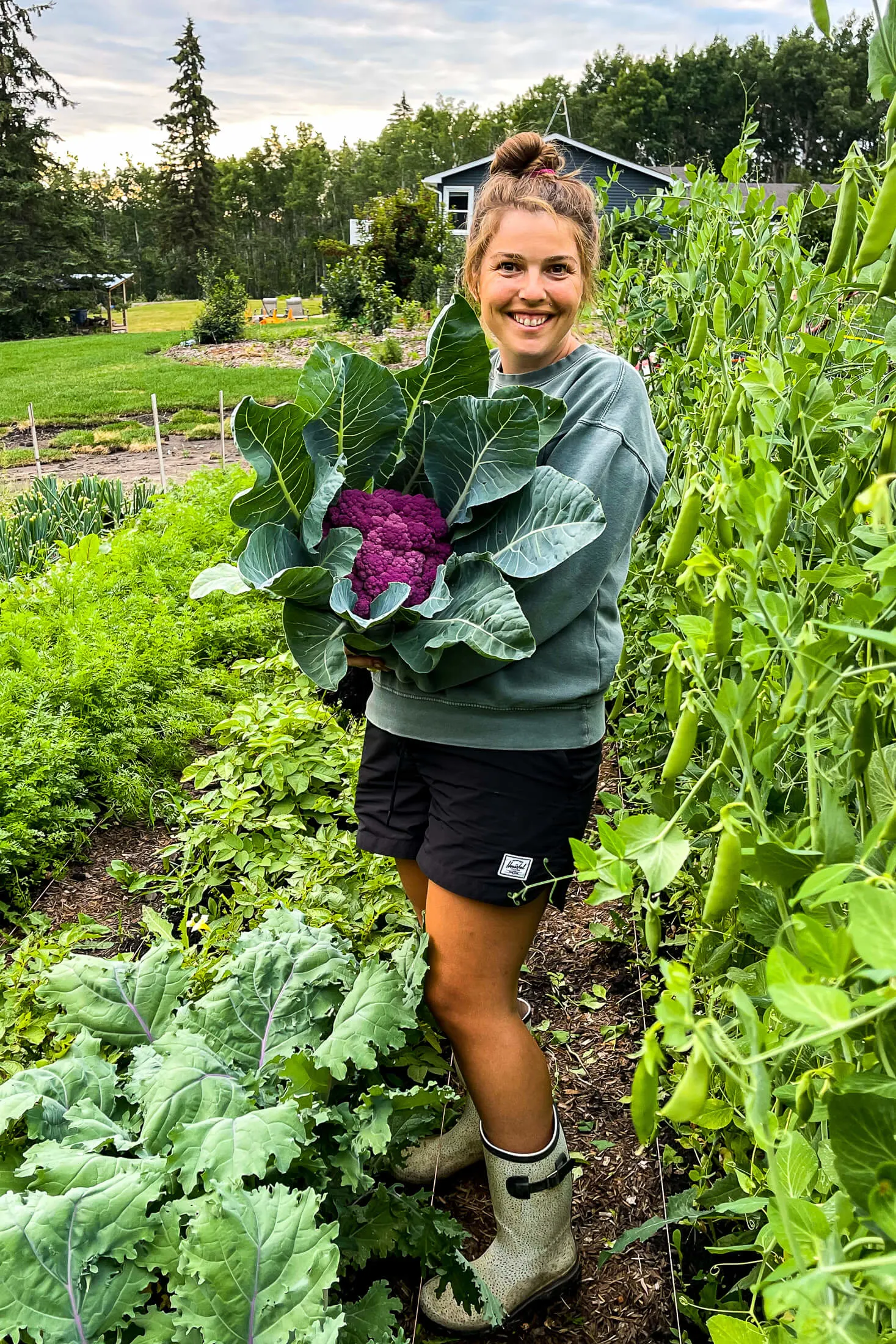
As an Amazon Associate I earn from qualifying purchases.
Jump to:
What Is Companion Planting?
Companion planting is the gardening practice of growing two or more plant species together in order to benefit one or both. Benefits include increased disease control and resistance, improved pest deterrence, improved soil health, increased diversity in a vegetable garden or crop system, improved plant vigor, higher yield, and improved nutrient availability. Companion plantings are often used to attract beneficial insects or predatory insects.
By strategically combining plants that have beneficial relationships, it’s possible to take advantage of all of these benefits and optimize yields from your homestead garden. Not all companion plants need to be directly interplanted with cauliflower to offer the same effectiveness. Many of these plants can be planted along the edge of the garden plot or placed in the garden in containers without diminishing their pest control superpowers.

PSST: You can feed cauliflower to your chickens, and they love the leaves!
Cauliflower Cautions!
As a member of the brassica family, cauliflower is allelopathic, meaning it produces chemicals that can exude from its leaves and roots to protect itself from pests and diseases. These chemicals can inhibit or reduce the growth of other plants around them, which is known as allelopathy.
This makes companion planting cauliflower tricky because while it can be beneficial in terms of pest control, it also has the potential to inhibit the growth of other plants nearby. Therefore, it's important to carefully select neighboring plants that are resistant enough to tolerate this behavior.
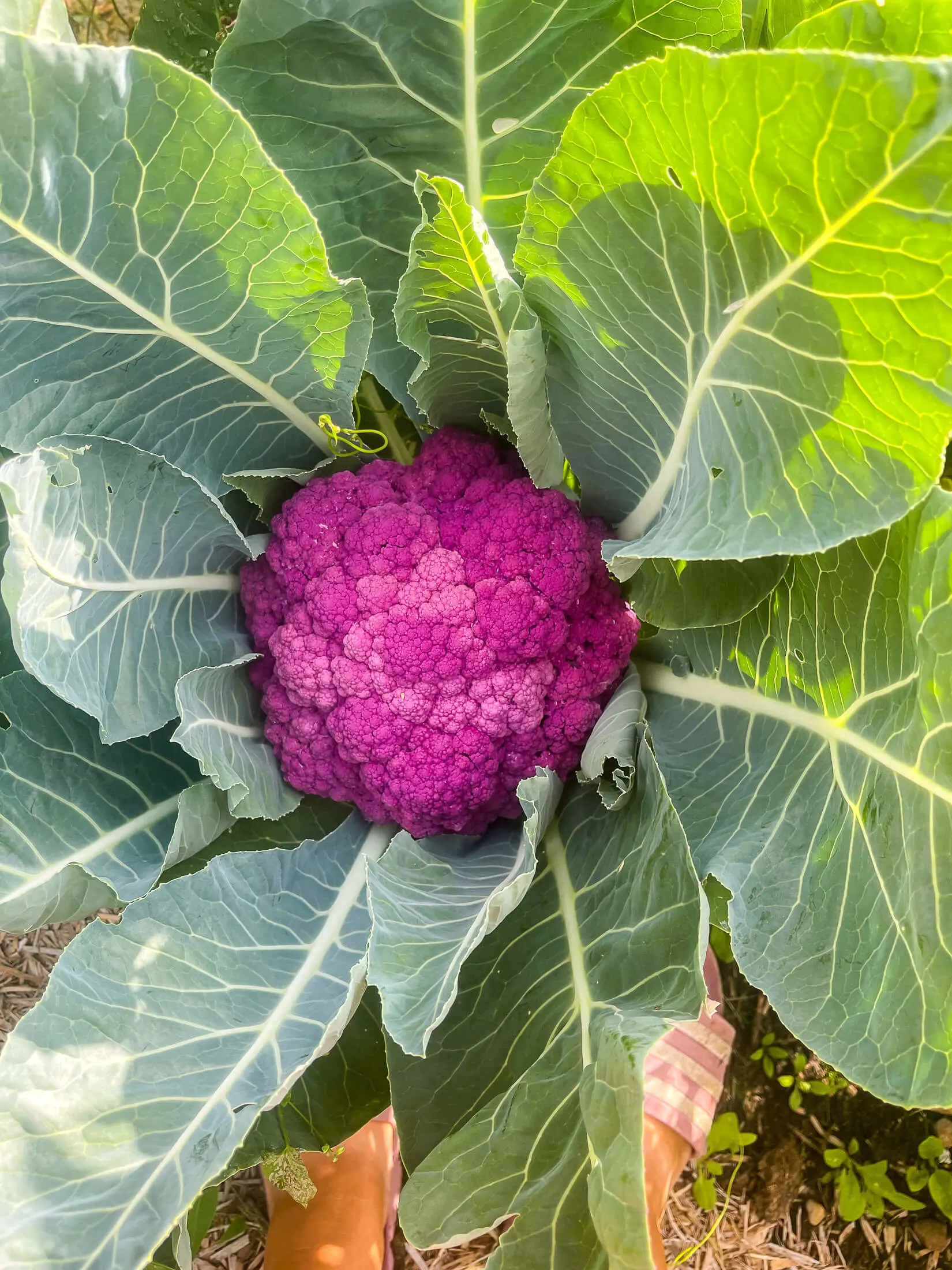
Best Cauliflower Companion Plants
Dill:
Dill is not only delicious, but it's also a totally useful garden dweller. The strong scent emitted by dill plants helps to confuse, repel, or deter pests like cabbage moths and cabbage worms from their preferred cauliflower snack.
When allowed to flower, the aromatic flowers attract beneficial insects and pollinators (and me!) to their large, bright yellow umbels. As an added bonus, these umbels make the perfect flavor punch inside your jar of half sour pickles!
Like fennel, dill's strong fragrance attracts lacewings, ladybugs, and hoverflies to your garden to feast on nasty pests like aphids, too.
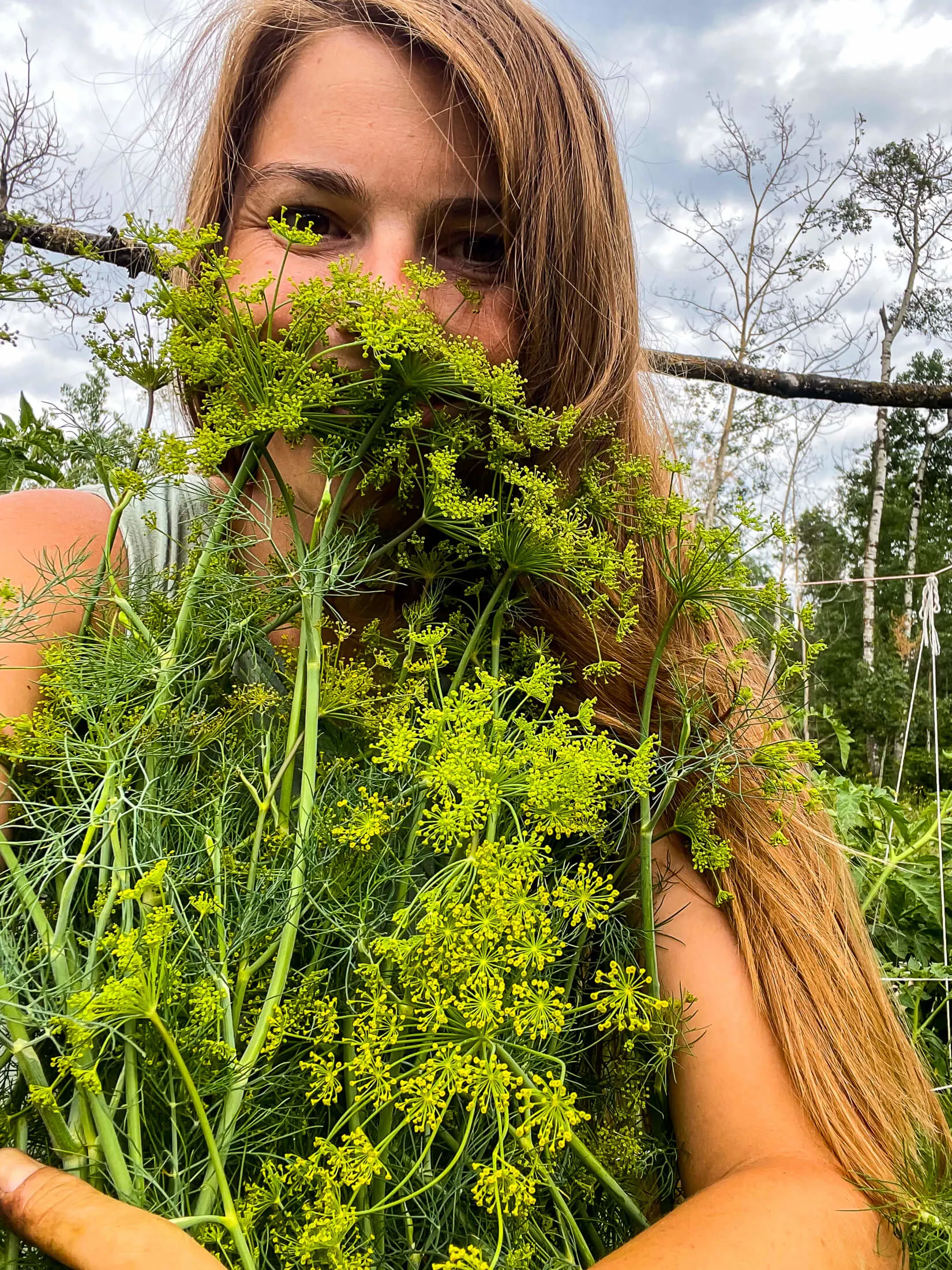
Garlic:
Another delicious pest deterrent! Garlic, like many members of the allium family - including onions and chives - is super fragrant and helps to mask the yummy cauliflower scent from cabbage moths and larger pests, like foraging rodents and deer from snacking on your crops.
Garlic is a narrow, tall growing plant that occupies different garden space than the rounded cauliflower plants making this pairing a space-savvy interplanting duo.
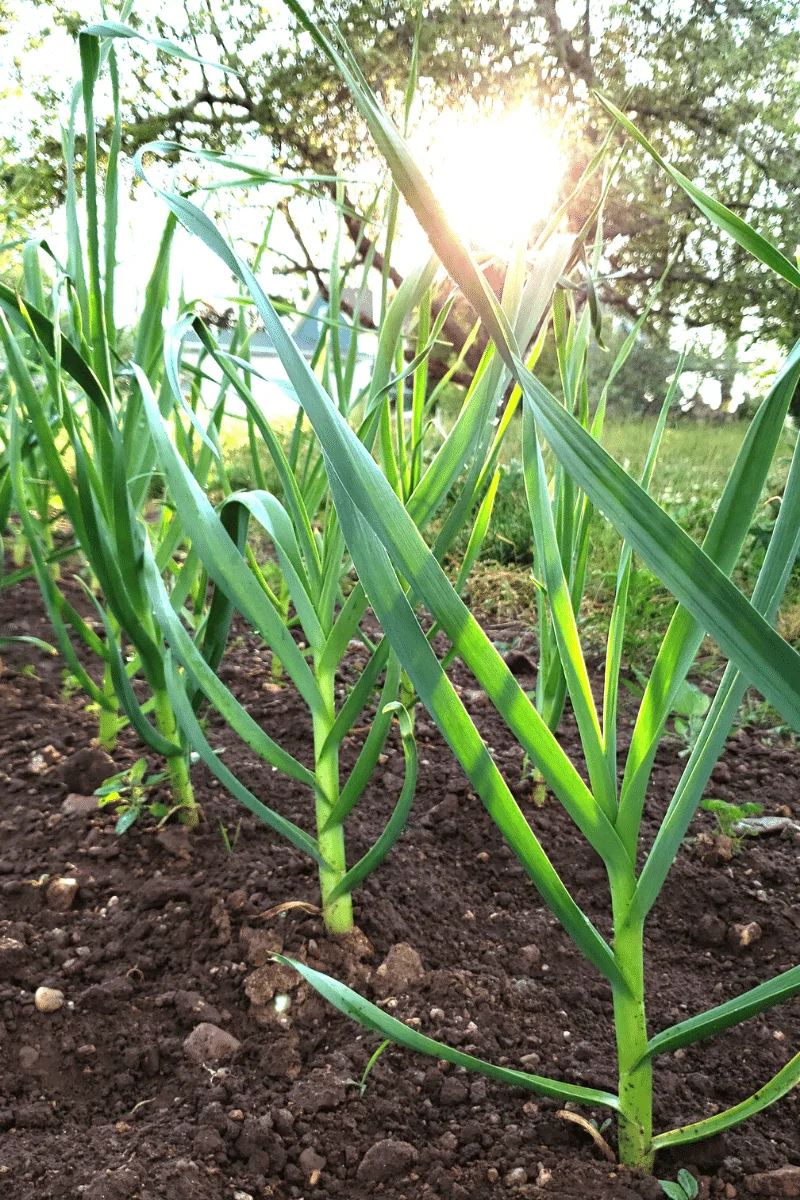
Marigolds:
The humble french marigold comes in clutch again! Marigolds are great partner plants to many garden crops like cantaloupe, watermelon, sweet potato, and pumpkin!
Marigolds are a great option for companion planting with cauliflower. Their pungent aroma deters many pests, including aphids and whiteflies.
As an added bonus, marigolds are a beautiful addition to any garden and come in a variety of colors.
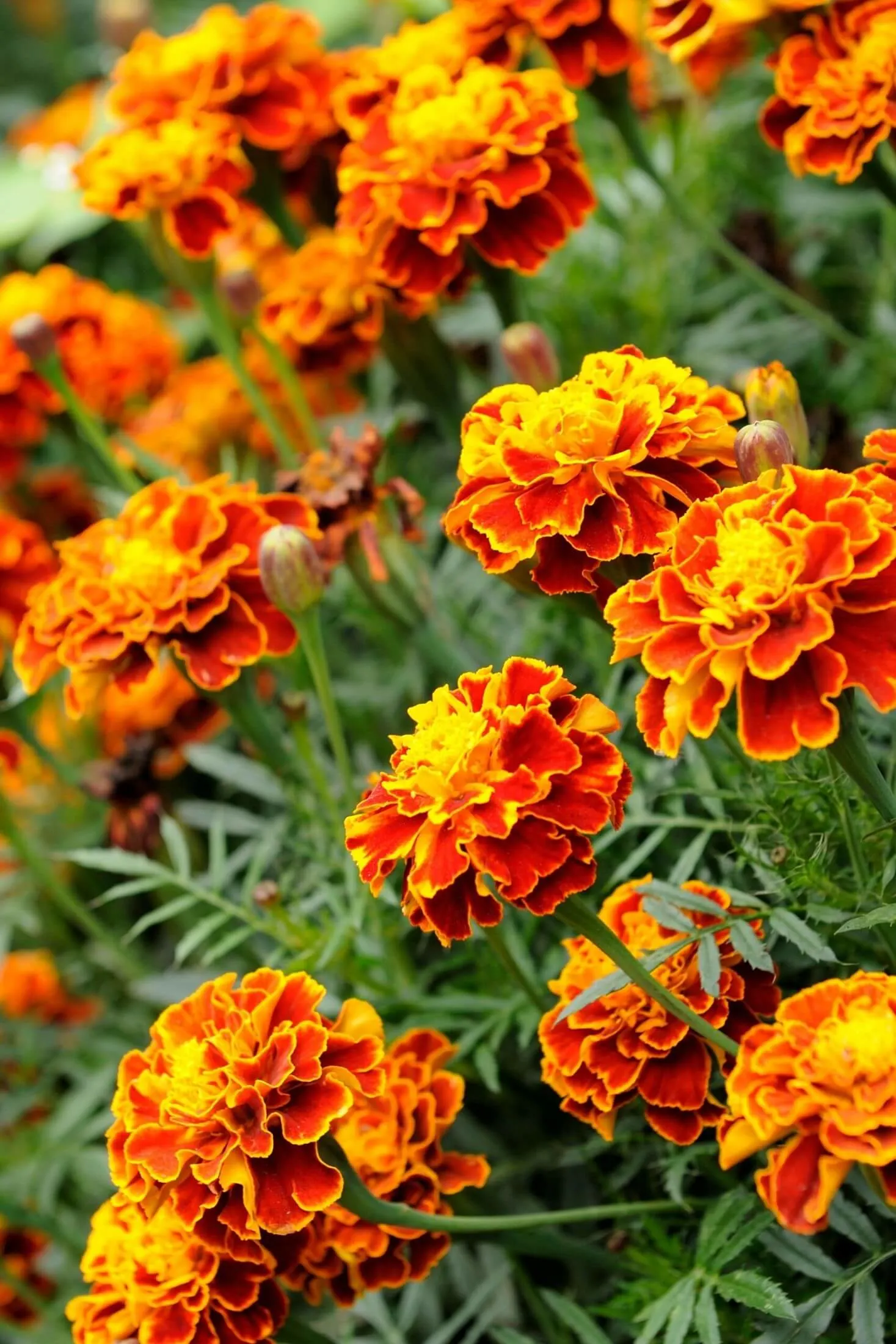
Mint:
Mint is a great companion plant - with an asterisk. Mint can be incredibly invasive in growing zones that allow for its perennialization. The thick rhizomes spread prolifically and can choke out and overtake many plants.
Mint's strong scent repels flea beetles and aphids that like to snack on brassicas. Mint, surprisingly enough, is great at attracting earthworms which are excellent for soil health, as well as attracting beneficial insects like predatory wasps that help control pest populations.
If you're using mint as a companion plant, it's best to keep it confined to a pot, unless you're like us, where mint doesn't survive our cold, brutal winters!

Nasturtiums:
Nasturtium is another one of our favorite companion plants around the homestead. We planted it extensively in the food forests last summer and absolutely loved having the beautiful, peppery-flavored flowers in our summer diet.
They're easy to grow and can definitely handle a bit of neglect. (HA!) And not only do nasturtium flowers attract bees and other pollinators through the entire season with their long flowering habit, but they also act as a trap crop, sacrificing themselves to entice aphids, flea beetles, and whiteflies away from your hard-fought florets.
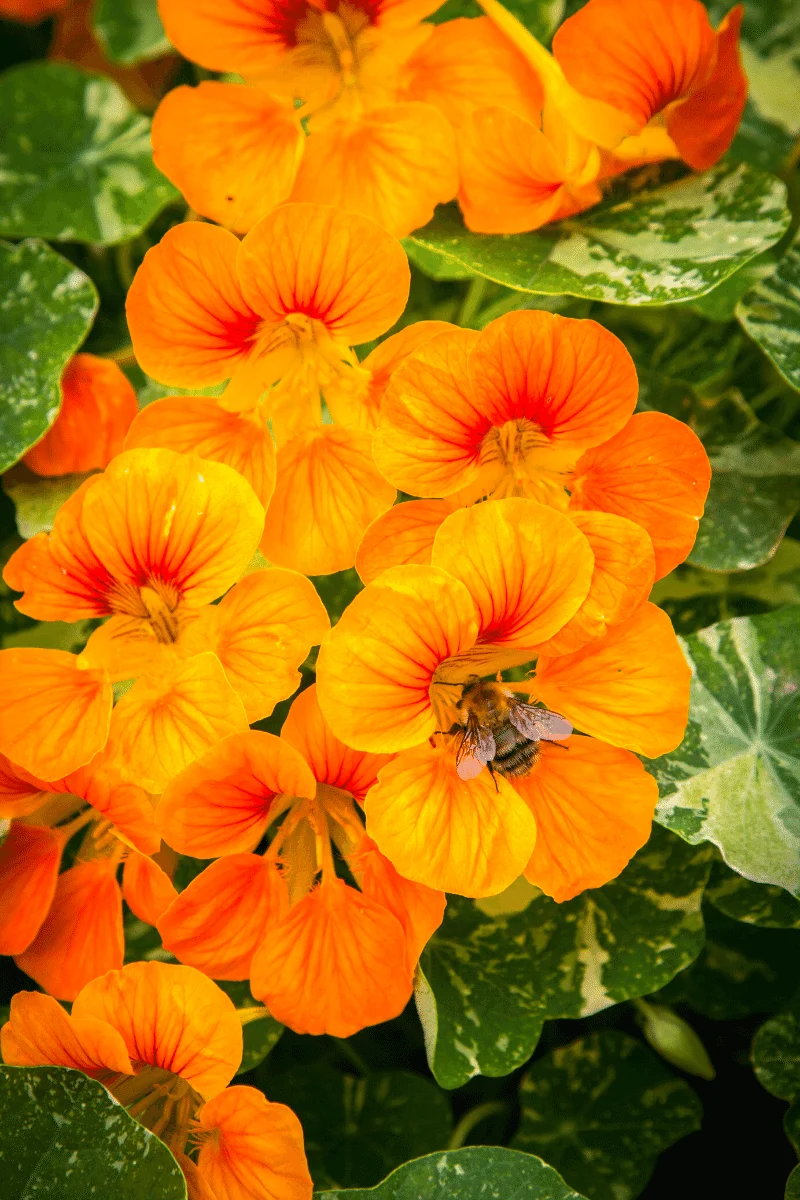
Potatoes:
Surprisingly, potatoes are an excellent crop to grow near your cruciferous cauliflower. They act as a trap crop and can withstand the feasting of flea beetles much better than cauliflower and kale, ask me how I know!
In addition, potatoes store their starch below the soil surface and have a small shrubby growth habit that doesn't compete with the space and growth needs of your cauliflower. I like to plant cauliflower near my fingerling potatoes!
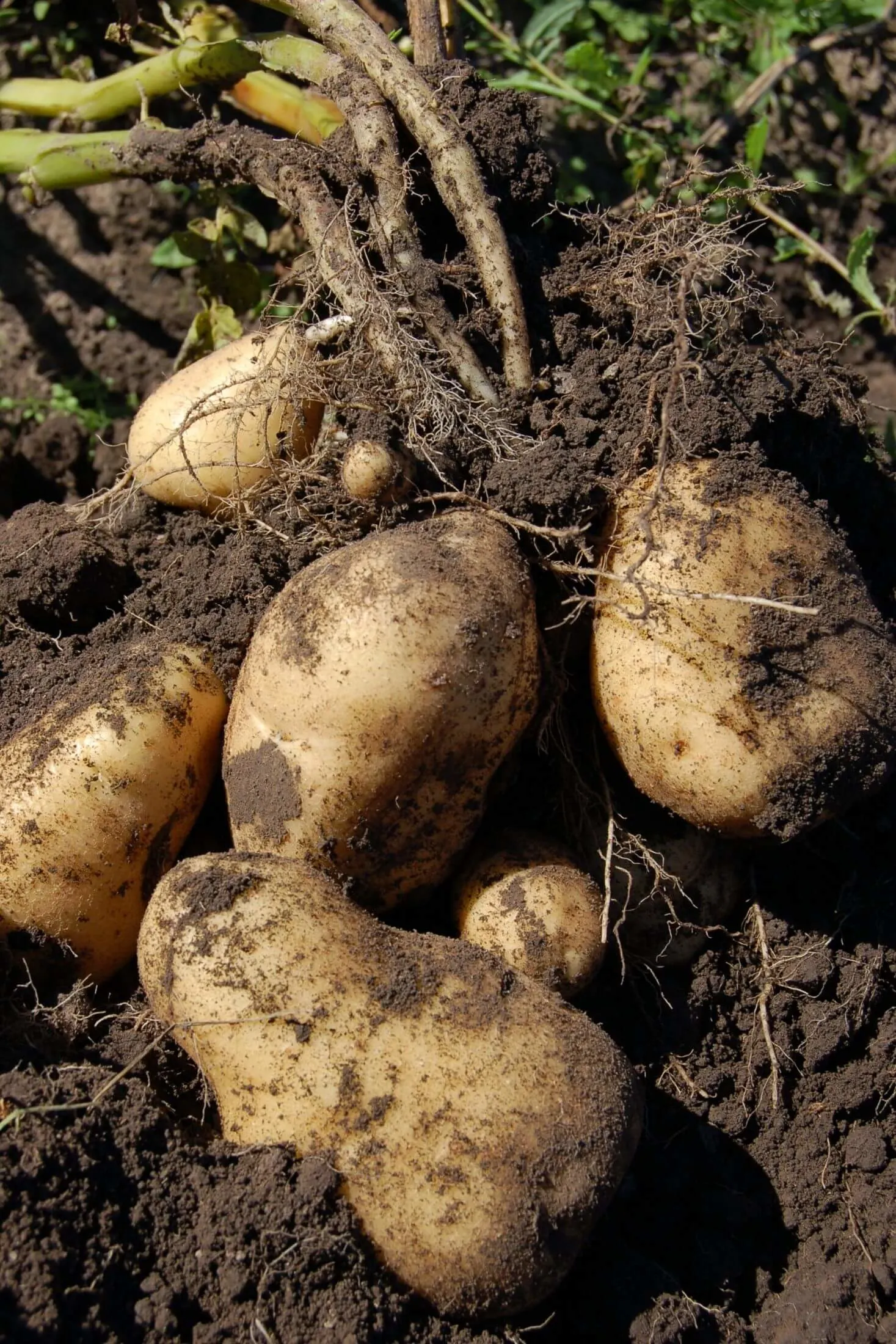
Sage:
This wise herb attracts both parasitic wasps and hoverflies which help control the aphid population in the garden. The same fragrance that attracts also repels foragers like deer and cabbage moths.
Its large, purple blossoms emit a scent that is irresistible to friendly pollinators.
Sage can also withstand drier conditions, bordering on drought, so it can withstand being planted next to a heavy feeder like cauliflower.
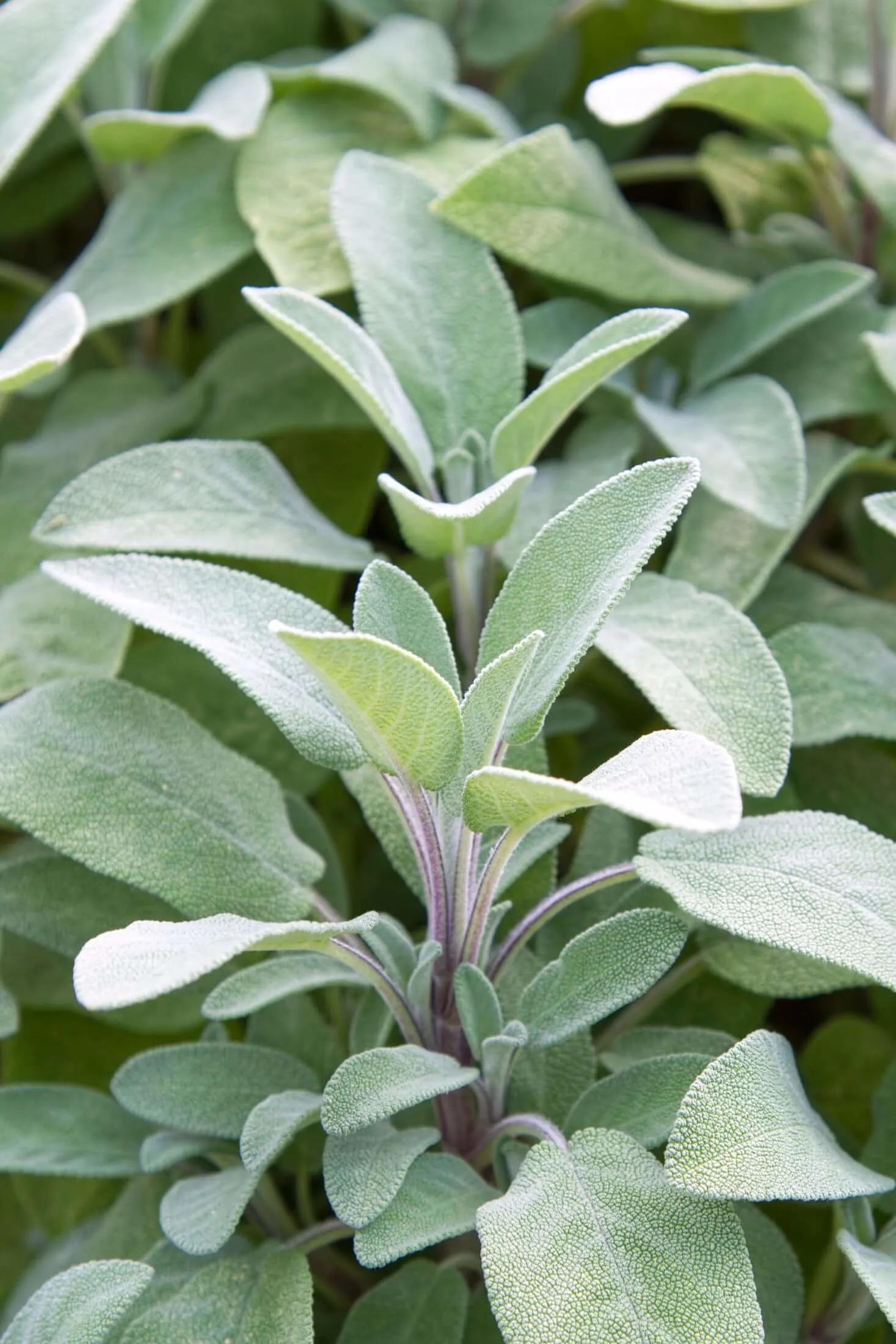
Worst Companion Plants For Cauliflower
Strawberries:
It's good practice to avoid planting cauliflower in your strawberry beds. It is believed that strawberries can inhibit the growth of plants in the brassica family. Strawberries are low-lying ground cover plants that have the tendency to harbor slugs and other pests you'd prefer to keep away from your cauliflower.
Another point to consider is that cauliflower is a heavy-feeding annual while your strawberries are perennials. Cauliflower will deplete soil nutrients and water at a much faster rate than strawberries, which leads to poor yields for both crops, and damaged roots for your berry plants!
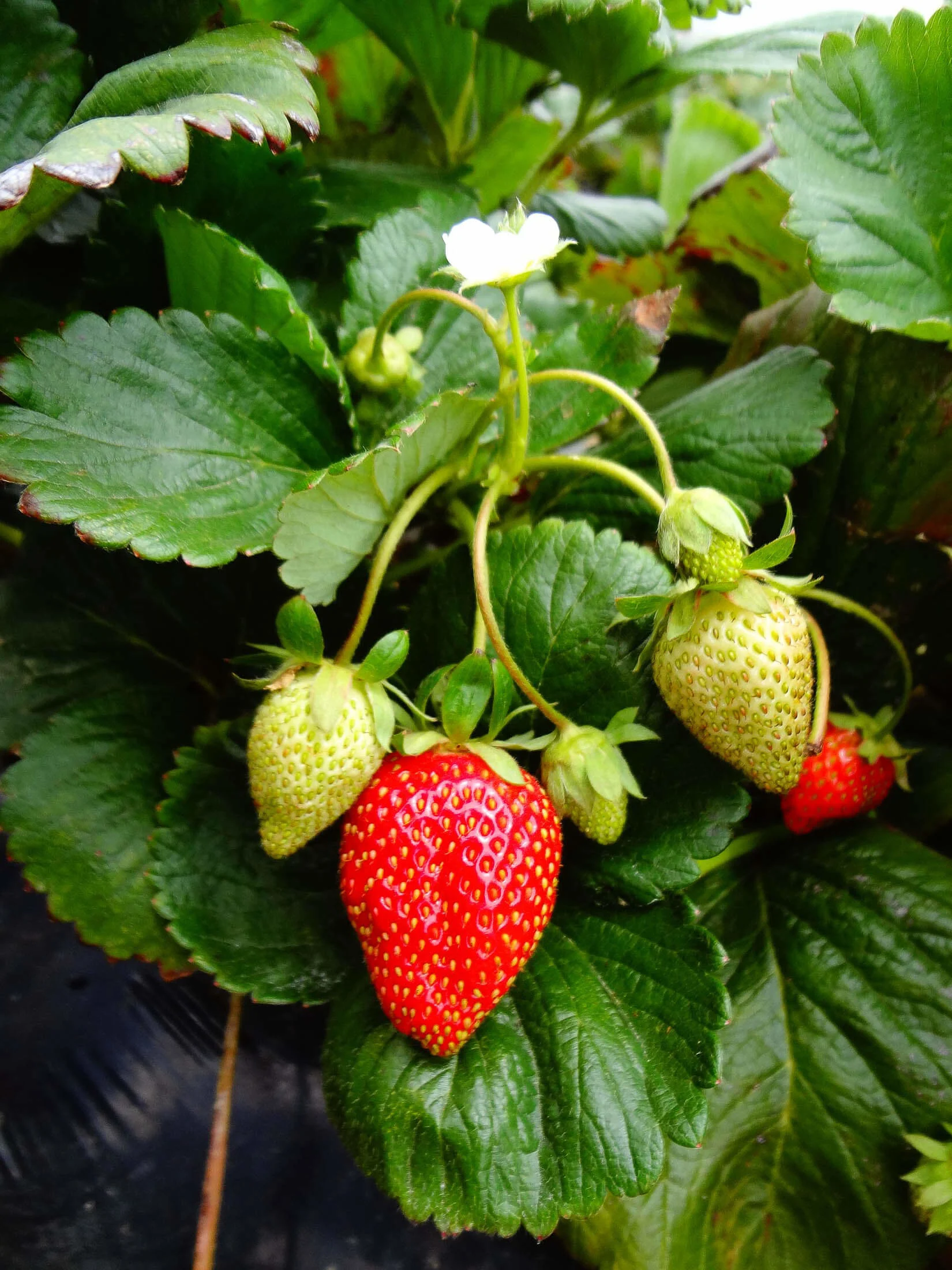
Tomatoes + Peppers:
Pairing two heavy nutrient and water feeders together is almost always a recipe for disaster. Combining tomato or pepper plants with your cauliflower will likely reduce the yield and vigor for both plants.
Space these plants out for the best results.
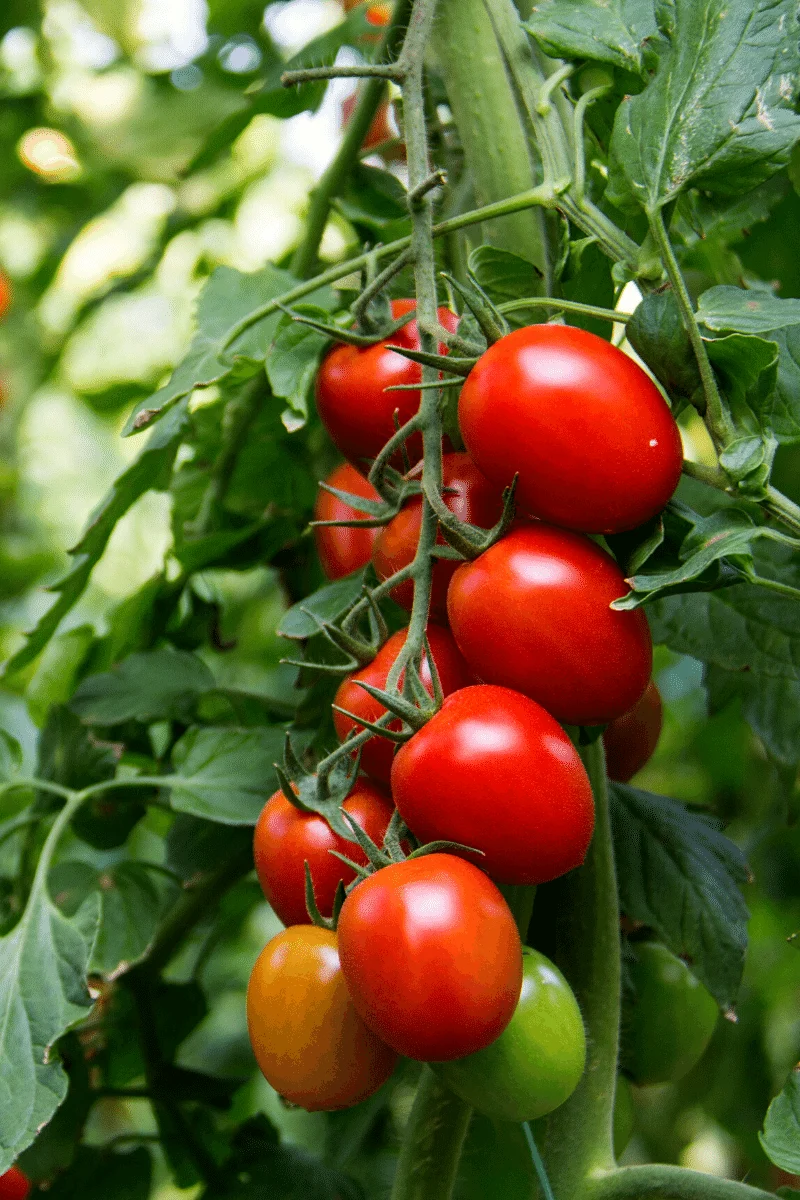
More Great Companion Planting Guides
Final Thoughts
Cauliflower is a wonderful vegetable to grow in your garden, but it can sometimes be difficult to get the most out of your plants. By using companion planting techniques and choosing carefully, you can help keep pests away and improve the growth and health of your cauliflower. Some great companions for cauliflower include mint, nasturtiums, potatoes, sage, and marigolds. Choosing the right garden buddies can make all the difference for a successful harvest.
Pin This Cauliflower Companion Planting Guide!
